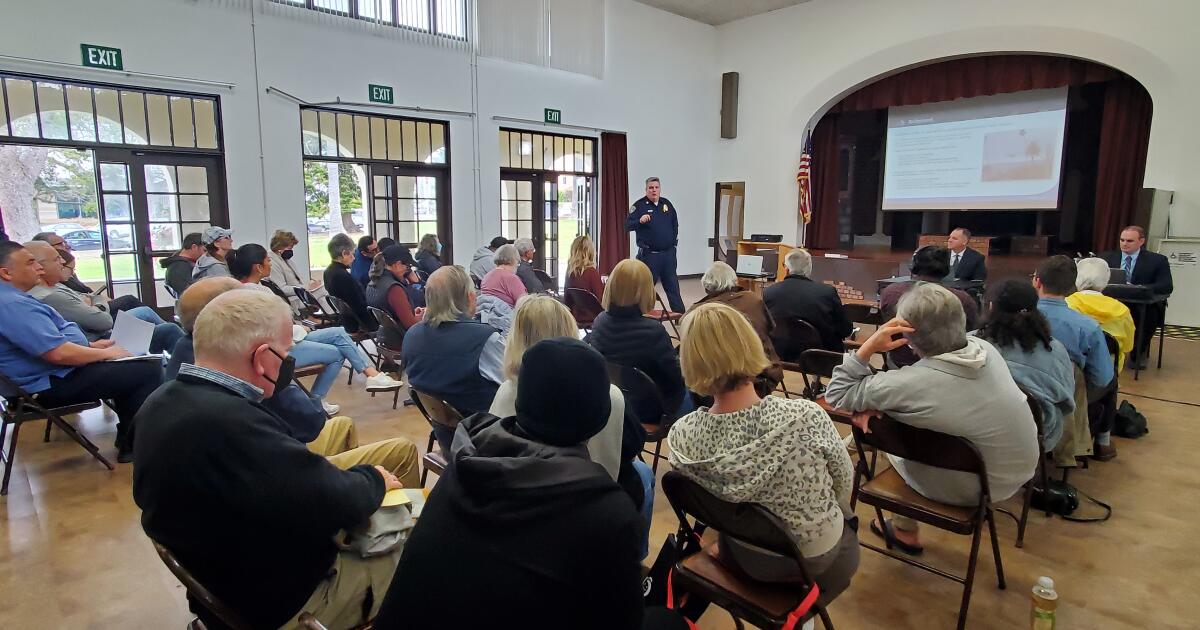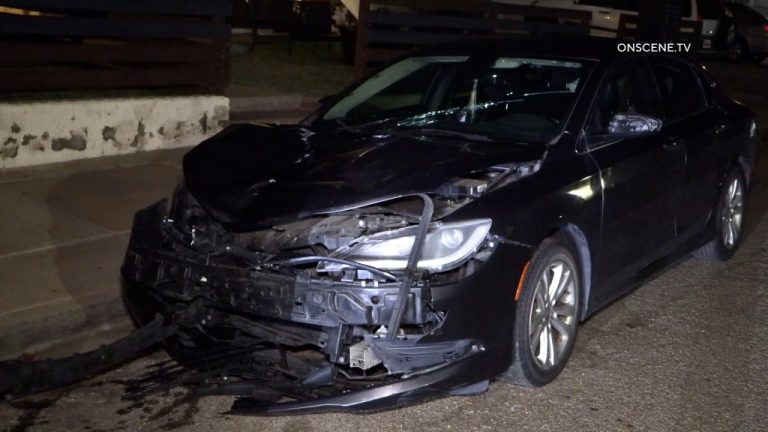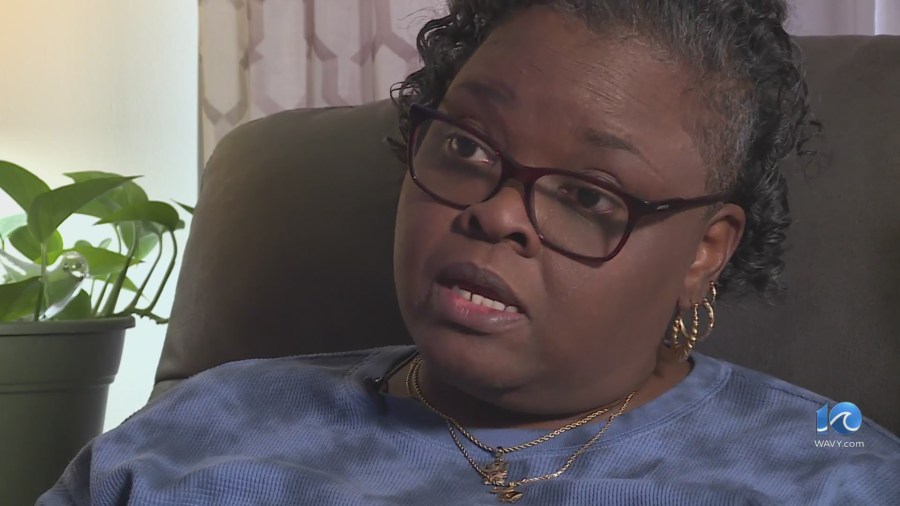

Gloria is mayor of San Diego. He lives in Little Italy.
I have long believed that San Diegans have a right to know how, where and why government might be capturing their data, taking video of them, or otherwise surveilling them — and what they’re doing with the information collected.
As a City Council member, I questioned the former police chief about the Police Department’s use of Stingray tracking devices. As a state legislator, I authored legislation to require police departments to disclose their acquisition and use of military-grade equipment.
It’s in that same spirit that I signed the San Diego’s Privacy Ordinance into law.
The legislation was passed by the City Council in August 2022 in the wake of the revelation that the prior administration was using a surveillance technology without the public’s knowledge. The outcry wasn’t about the technology itself — streetlight cameras that capture what’s happening in the public right of way — but rather that the public had been told the cameras would be used to track activity for civic planning, when it turned out law enforcement was accessing the footage to investigate crimes.
After more than a year of negotiations with affected employee groups — and important technologies placed on hold until a final ordinance was passed — it was well past time to finally get a law on the books.
While the Privacy Ordinance was intended to deliver much-needed transparency, the ordinance passed by the City Council has proven unworkable operationally. It threatens to grind city operations to a halt and puts at risk tens of millions of dollars in grant funding.
As written, the law covers a far broader range of technologies than the council anticipated. Just about any program that collects data is covered under the ordinance, per the law’s definition of “surveillance technologies.”
This includes the city’s 911 dispatch system. Wildlife-tracking cameras on our trails. Fire-watch cameras that spot wildfires in open space. Even Google Maps.
The ordinance also demands an onerous process for each of the more than 300 technologies covered under it.
For each technology, staff must prepare a use policy and impact report, hold a meeting in each of the nine council districts, take the technology before the volunteer Privacy Advisory Board for analysis, then go to the City Council for final sign-off. All told, staff would need to attend more than 2,700 meetings to comply with the ordinance for all the technologies we use in our work serving San Diego.
This costs thousands of hours of staff time and taxpayer dollars that could better be spent directly serving the public.
Further, we cannot sign a contract, deploy a new technology or even replace broken devices like cameras until a technology has gone through this process, which can take about six months to complete — for each technology.
The stakes are not just staff time, but also grant funding. Because the ordinance doesn’t allow the city to apply for grants for technologies that haven’t been vetted through the ordinance’s lengthy process, and grant windows tend to be shorter than that process, at immediate risk are tens of millions of dollars in grant funding for equipment and programs. We can’t file grant applications due this December for bomb squad and lifeguard technologies, which will cause us to miss out on more than $500,000 in federal grants.
It’s common for flaws in legislation to be revealed once it’s operationalized and implemented. In a healthy government, you make the revisions necessary to ensure it functions as the policymakers intended and that best serves the people.
Next month, my office will bring to the City Council’s Public Safety Committee a set of amendments to the ordinance that will do two things: narrow the list of technologies covered under the ordinance so that it’s not capturing everyday technology like Zoom and streamline the process to reduce the excessive time burden.
We want to preserve the original goal of transparency and accountability, without hindering critical city functions.
Hanging in the balance right now are multiple contracts that can’t be renewed and equipment that can’t be replaced until they go through the months-long current process. This includes police officers’ body-worn cameras, whose contract expires Dec. 31. It includes software that helps detectives investigate and catch child predators, including a web-based program in which cyber tips are assigned to the San Diego Internet Crimes Against Children task force from the National Center for Missing and Exploited Children.
There’s no question in my mind that San Diegans’ right to transparency with regard to surveillance in the public domain can be satisfied with an ordinance amended to be workable within existing contract, grant application and procurement requirements.
I look forward to working with city operations and with my colleagues on the City Council, as well as community partners, to get this right.







